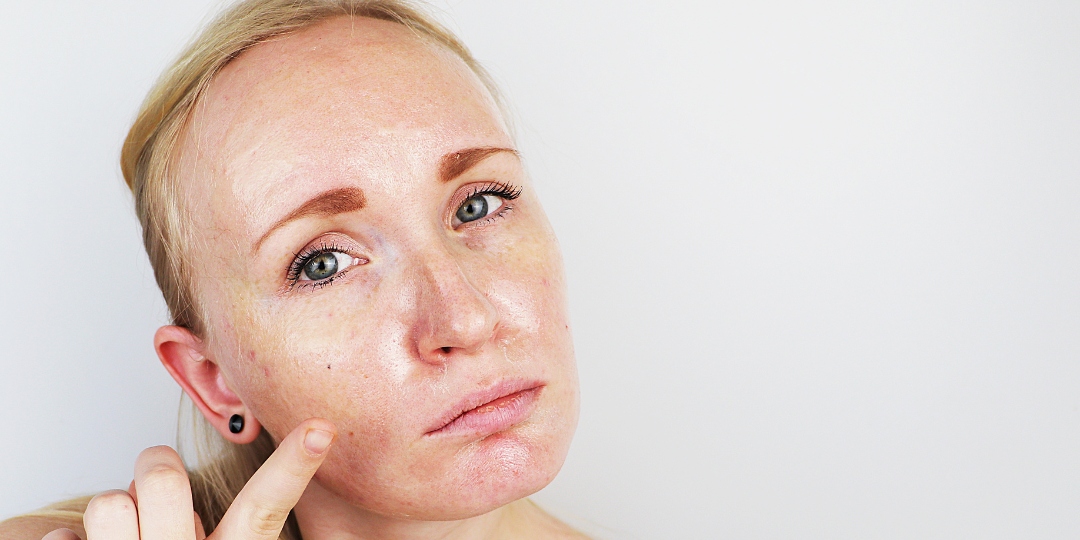6 Ways to Prevent Skincare Pilling
It is possible to experience pilling when layering skincare products whose textures clash. Skin pilling is when a product, such as a moisturizer or serum, doesn't soak into your skin properly. Instead, it forms tiny particles that collect on the skin's surface and transfer back onto your fingers. And it's incredibly irritating.
Pilling is a sign that your skin hasn't absorbed your skincare correctly, so you probably won't get the desired results. The good news is that pilling is incredibly simple to avoid. Read on to discover the six simple ways to stop skincare from pilling.
1. Keep Silicones to a Minimum
Silicone is a very popular ingredient in many skincare products. It helps to smooth the appearance of the skin, leaving it feeling silky-soft. But while silicones certainly have benefits in skincare, they also play a big part in pilling.
Most commonly found in skin-smoothing primers, moisturizers, and SPFs, silicones can hide in unlikely places. If a product feels exceptionally smooth and silky, there's a high chance it's formulated with silicone. To avoid pilling, it is best to limit silicone-heavy skincare products. However, if you particularly like how they feel on the skin, use lightweight layers.
2. Look for Lightweight Formulas
Another way to ensure your skin doesn't absorb skincare is by slathering on thick, heavy, rich formulas. Typically, the more lightweight the formula, the easier the skin will absorb it.
If your skin is dry and benefits from using thick, rich creams, but you find your products are pilling, look for lightweight, hydrating serums that contain supercharged ingredients such as hyaluronic acid, ceramides, squalane, and glycerin—they deliver essential moisture without overloading the skin.
3. Scaling back portion sizes
You may have noticed your skincare and makeup pill when you apply too much product. Try using a little less product. When it comes to skincare, more isn't always better—slathering on thick layers of product, whether a serum, moisturizer, or foundation, is bound to cause pilling. The likelihood that your skin won't be able to absorb the product properly increases as you apply more of it.
4. Layer Thinnest to Thickest
One of the most common reasons that products pill is because they have been applied out of order. Some ingredients used in skincare are occlusive on the skin, which means they seal in moisture rather than delivering it and can't be absorbed by the skin. Occlusive ingredients will also prevent any products applied over the top of them from being absorbed into the skin.
Always start with water-based products, then move on to cream- or oil-based products. In practice, this means that serums should be applied first, and rich creams or facial oils should be applied last
5. Provide time for absorption
If you like to put on layers of skincare and makeup and find that they tend to pill, it's essential to give each layer enough time to absorb before putting on the next. Rushing your routine is one of the most common factors in skincare piling. In a hurry, you end up wiping off the product you just used when you put on the next one. Build up slowly, giving enough time for each product to be absorbed into the skin
Reach for fast-absorbing serums and creams to help cut the wait time between layers.
6. Exfoliate
Even though it seems counterintuitive, exfoliating your skin once or twice a week will help keep it from pilling. Optimized absorption of products decreases the chances of pilling. So, incorporate an exfoliator into your skincare routine to promote regular cell turnover and keep your skin as healthy as possible.
But be sure not to overdo it. If you put skin care products on top of dead skin cells, your skin will have difficulty taking them in. Exfoliate twice a week with a mild exfoliator to remove dead skin cells,


